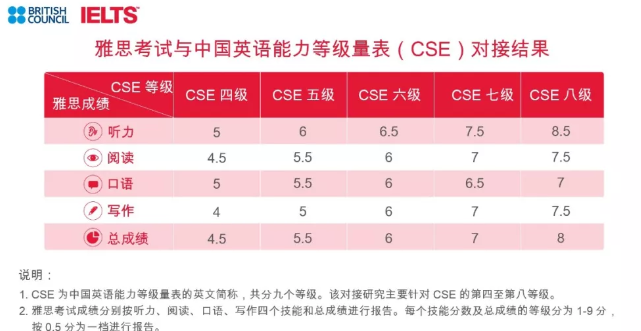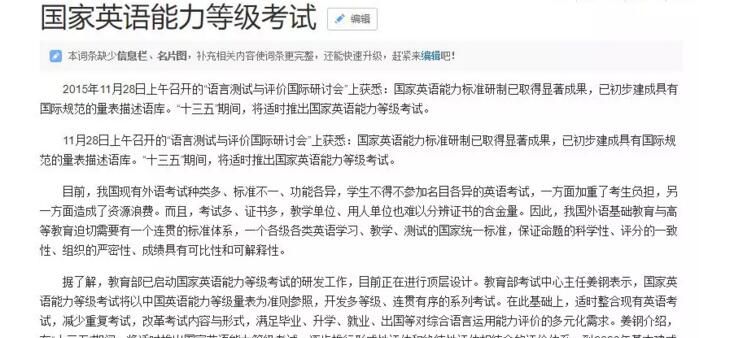英语阅读理解100篇(基础篇)-17
|
Passage Seventeen (On the President’s Program) President Arling has put his long awaited economic restructuring program before the Congress. It provides a coordinated program of investment credits, research grants, education reforms, and tax changes designed to make American industry more competitive. This is necessary to reverse the economic slide into unemployment, lack of growth, and trade deficits that have plagued the economy for the past six years. The most liberal wing of the President’s party has called for stronger and more direct action. They want an incomes policy to check inflation while federal financing helps rebuild industry behind a wall of protective tariffs. The Republicans, however, decry even the modest, graduated tax increases in the President’s program. They want tax cuts and more open market. They say if federal money has to be injected into the economy, let it through defence spending. Both these alternatives ignore the unique nature of the economic problem before us. It is not simply a matter of markets or financing. The new technology allows vastly increased production for those able to master it. But it also threatens those who fail to adopt it with permanent second-class citizenship in the world economy. If an industry cannot lever itself up to the leading stage of technological advances, then it will not be able to compete effectively. If it cannot do this, no amount of government protectionism or access to foreign markets can keep it profitable for long. Without the profits and experience of technological excellence to reinvest, that industry can only fall still further behind its foreign competitors. So the crux is the technology and that is where the President’s program focused. The danger is not that a plan will not be passed, it is that the ideologues of right and left will distort the bill with amendments that will blur its focus on technology. The economic restructuring plan should be passed intact. If we fail to restructure our economy now, we may not get a second chance. 1. The focus of the President’s program is on 2. What is the requirement of the most liberal wing of the Democratic-party? 3. What is the editor’s attitude? 4. The danger to the plan lies in 5. The passage is Vocabulary 1. reverse 逆转 2. slide 滑坡 3. plague 瘟疫;折磨,困扰 4. tariff 关税 5. decry 谴责,诋毁 6. lever 杠杆;用杠杆撬动 7. crux 症结 8. ideologue 空想家,思想家 9. intact 原封不动的,完整无损的 10. investment credit 投资信贷 11. research grant 研究基金 难句译注 1. This is necessary to reverse the economic slide into unemployment, lack of growth, and trade deficits that have plagued the economy for the past six years. 写作方法与文章大意 这是一则有关总统向国会提交的经济计划评论。作者采用对比手法来突出其计划之正确性,第一段就讲了计划的涉及面:投资、研究、教育、税收等,目的是制止经济滑坡,提高美国工业竞争力。 第二、三两段叙述了计划遭两方面的反对,总统党内的右翼要求更强硬,更直接的行动,而共和党对即使逐渐稍稍提高一点税收都予以谴责。 第四段提出两者都忽略我们面临经济问题的独特性质。它不是市场或财政问题。掌握新技术的人大量增产,而不能采用新技术的人面临在世界经济中成为二等公民的危险。工业不能达到先进水平,就不能有效地竞争,那么任何保护主义或进入外国市场都不能长期奏效。没有技术优势的经验和利润的再投资,工业经济只能依然落后于外国竞争对手。 最后一段点出总统计划的要点就是工艺技术。作者提出:要求全面通过这一重新建设计划。如果我们不能重建经济,我们可能不会有第二次机会。 答案详解 1. C 工艺技术。最后一段第一句“问题的症结就在于工艺技术,这就是总统计划的要点所在。”第四段:“对掌握新技术的人来说,新技术使他们大大增产,而新技术对不能掌握它的人来说,在世界经济中他们面临沦为永久性的二等公民的危险。如果不能做到这一点,那么任何政府保护主义,进入国际市场都不能有效地竞争。如果不能有技术优势的利润和经验再投资,工业只能进一步落后于国外竞争对手。”这些都说明总统计划的重点再工艺技术。 2. A 更直接行动。第二段“总统的党内几段自由翼要求更强硬、更直接行动。他们要求用收入(税收)政策来制止通货膨胀;联邦财政在关税保护下,帮助重建工业。” 3. A支持。第四、五段集中了评论者的观点,支持的理由和论点。 4. D歪曲。最后一段第二句:“其危险不在于计划将不被通过,而在于左和右的思想理论家们用修正案来歪曲提案,使计划要点蒙尘模糊不清,经济重建计划应原封不动地通过。”这是作者的态度,也是他所担心之处。 5. D 社论。 |








